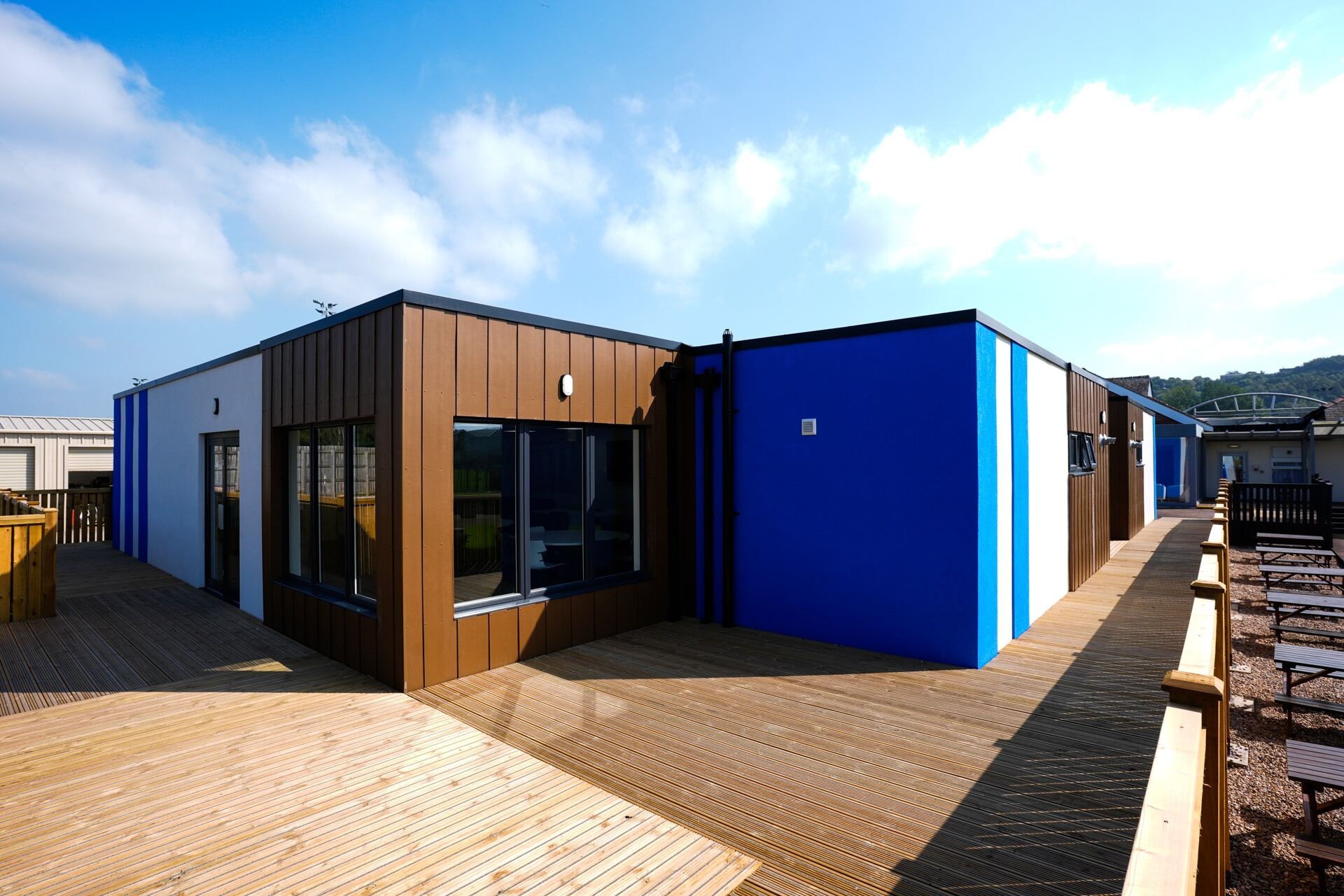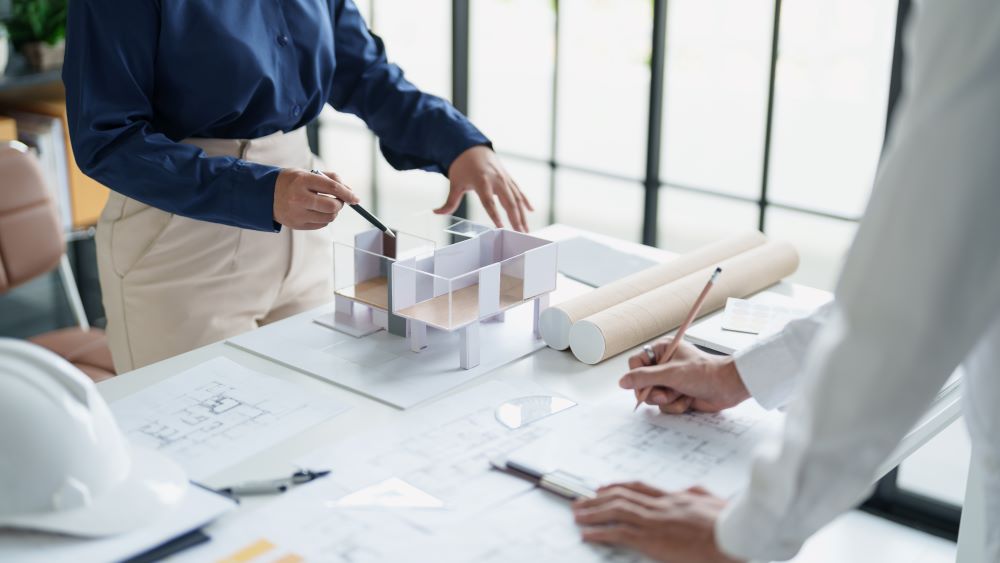Pavel Matveev, September 2025
- Learn how smarter tech like AI and BIM is speeding up design and reducing on-site errors.
- Understand how modular mixes with traditional building methods.
- Discover why modular design is taking the spotlight, with creative layouts, custom finishes, and architectural flair.
In 2025, modular construction continues to evolve – driven by new technologies, sustainable practices, and changing project needs.
In this blog, we explore the trends set to shape the industry in the coming months, from smarter design tools and eco-friendly materials to large-scale builds and more flexible delivery approaches. Here’s what to expect:
1. Smarter tools, smarter buildings
Technology is making modular construction smarter and more precise than ever. From advanced 3D modelling to AI-powered planning tools, building off-site is becoming faster, easier, and more reliable.
3D modelling tools like BIM (Building Information Modelling) – a digital process that creates detailed, data-rich models of a building – help teams catch problems early and make sure everything fits perfectly on site.
AI tools help plan and schedule projects more efficiently by analysing real-time data like weather and supply deliveries – reducing delays and cutting down on waste. Additionally, with digital twins (virtual replicas of physical buildings that update in real time) teams can monitor performance, test changes, and keep everything running smoothly long after construction is complete. These innovations are helping simplify the process, save time, and deliver better results from start to finish.
2. Sustainability isn’t optional – it’s expected
Sustainability is no longer an added extra – it’s a necessity. As the demand for lower-carbon buildings grows, modular construction is stepping up to meet the challenge. This approach offers significant environmental benefits through more efficient use of resources, energy-saving features, and waste reduction.
Modular buildings are designed with sustainability in mind, integrating eco-friendly materials, advanced insulation systems, and energy-efficient technologies such as solar panels and LED lighting. These features help reduce a building’s overall energy consumption, making it more cost-effective and environmentally responsible in the long run.
One of the key advantages of modular construction is its ability to minimise waste. As most of the building process occurs in a controlled factory setting, off-cuts and surplus materials can be carefully managed, recycled, or reused, leading to far less waste compared to traditional construction methods. The precision of modular manufacturing also ensures that materials are used efficiently, reducing the need for rework and further decreasing environmental impact.
Overall, modular construction not only supports sustainable building practices but also provides a path toward creating energy-efficient, low-carbon buildings that meet the growing demand for greener construction solutions.
3. Modular is getting bigger and bolder
Gone are the days when modular buildings were seen as simple, small-scale units. In 2025, modular construction is making its mark on larger and more complex projects, from multi-storey office buildings to intricate commercial developments.
Thanks to advancements in engineering, stronger systems, and better materials, modular construction is now capable of supporting a wide range of structures, with fewer limitations than ever before. With each innovation, the potential for modular buildings continues to expand, making it possible to achieve designs that were once considered too ambitious for this approach.
Today, modular construction is not just about efficiency – it’s about pushing boundaries and exploring new possibilities in building design.
4. Mixing modular with traditional building methods
The best approach for some projects is a combination of modular and traditional construction. Modular building offers speed and efficiency, while traditional methods can bring custom architectural elements to life.
This hybrid approach allows architects to integrate intricate details, unique finishes, and bespoke features with the benefits of modular systems. By blending both methods, projects can achieve a balance of speed, cost-effectiveness, and design flexibility, resulting in functional spaces with distinctive, personalized design.
5. More customisation, less compromise
Modular design has come a long way from identical grey boxes. In 2025, architects and developers are using modular in creative new ways – with bold façades, flexible layouts, and stylish finishes. We’re big believers that modular can (and should) look amazing, and our team makes sure that great design is never compromised.
What’s next for modular construction?
As modular construction continues to evolve, you can expect advancements in technology, greener practices, and bigger, more ambitious builds. With growing interest in hybrid construction, design-led modular thinking, and tech-powered precision, the industry is shifting fast – and Mockba is right at the forefront.
From sustainable innovation to large-scale modular solutions, we’re not just adapting to trends – we’re predicting them. We don’t just keep up with industry change – we help shape it. If you’re planning a modular project and want to stay ahead of the curve, we’re here to guide the way.
Get in touch with our team today and see how our insight, experience, and forward-thinking approach can bring your next build to life – better, faster, and future-ready.



